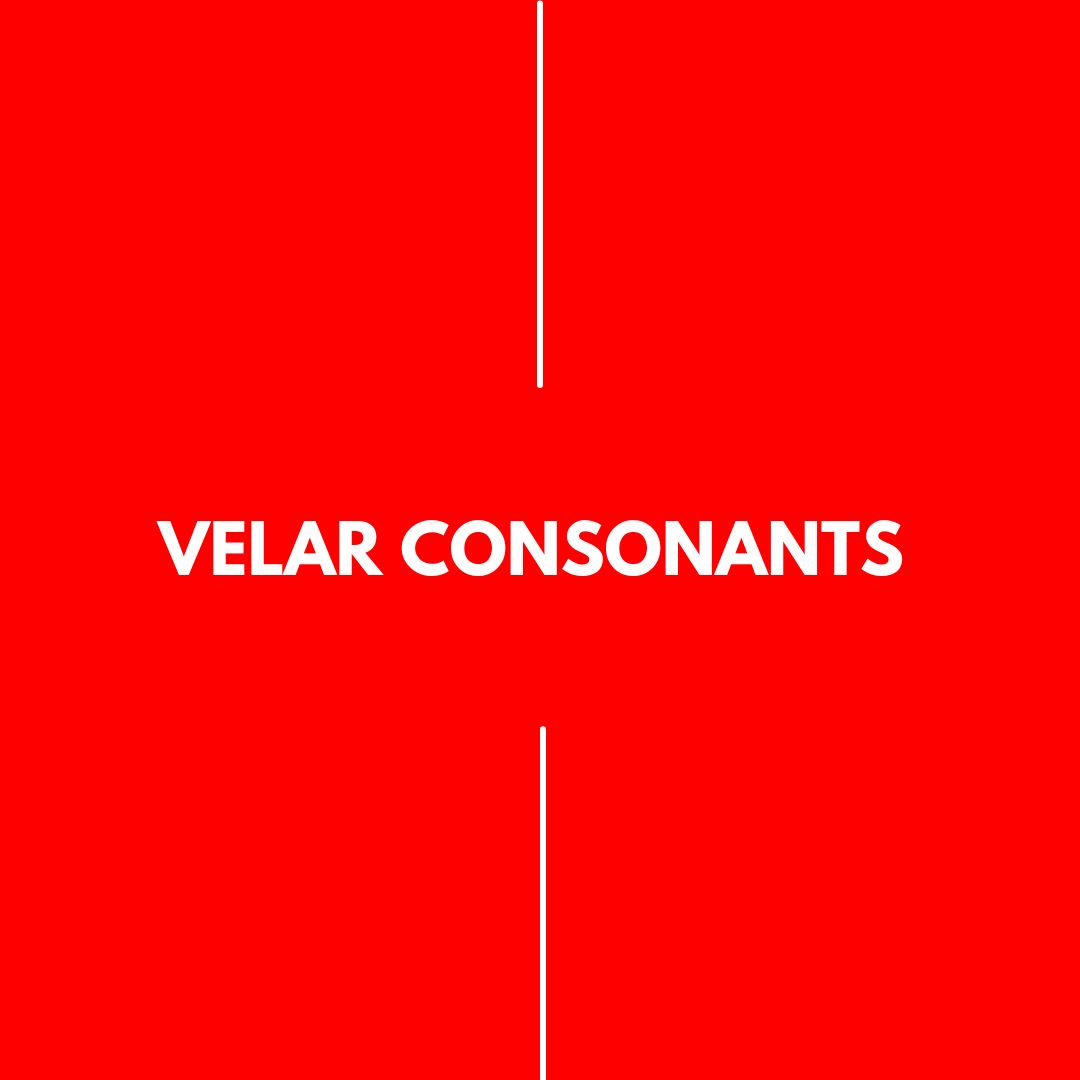
Velar Consonants
Beschreibung
Velar consonants are sounds you make with the back of your tongue touching the soft palate, also called the velum. It's the fleshy bit at the back of the roof of your mouth, near your uvula (the little dangly thing).
Production:
Raise the back of your tongue up to touch the velum. Airflow is blocked completely for a moment.
Examples in English:
/k/: This is the voiceless velar plosive, the sound at the beginning of "kit" or "cat."
/g/: This is the voiced velar plosive, the sound at the beginning of "game" or the "g" in "going."
/ŋ/: This is the velar nasal, the sound at the end of "sing" or "long." Notice how air can flow out your nose while making this sound.
Other interesting facts:
The sound /k/ is actually one of the most common consonant sound across all human languages! Velar consonants can be influenced by nearby vowels. They might move slightly forward in the mouth (called "fronting") before front vowels like /
i:/ or /ɪ/ or move back (called "retraction") before back vowels like /u/ or /ʊ/.
Some practice tongue twisters:
Kate keeps giving up in the morning
My gran’s going to see the king in the Congo
Can a king conquer a sinking kangaroo
Kick the giggling goblins guarding the gold
Kevin clung to the clinging kangaroo
Book a lesson for access to the most comprehensive materials library and practice system you will ever find, anywhere.
Podcast-Kanal
Target: British Accent
Autor
Alle Episoden

Ace Your Next Presentation: Master the Introduction!

Your Inner Saboteur is STEALING Your Profits (and Maybe Your Life!)

Presentation Nightmare? Vocabulary BS Holding You Hostage? (Knock It Off!). Episode 405.

Make mistakes - it's good for you. The Method Of Paradoxical Intention. Episode 400

“Learn English” - Rethinking Your Objectives (Episode 398)
Beliebte Episoden

The Habits of Highly Effective English Communicators
Ace Your Next Presentation: Master the Introduction!

The Habits of Highly Effective English Communicators
Your Inner Saboteur is STEALING Your Profits (and Maybe Your Life!)

The Habits of Highly Effective English Communicators
Presentation Nightmare? Vocabulary BS Holding You Hostage? (Knock It Off!). Episode 405.

The Habits of Highly Effective English Communicators
Make mistakes - it's good for you. The Method Of Paradoxical Intention. Episode 400

The Habits of Highly Effective English Communicators
“Learn English” - Rethinking Your Objectives (Episode 398)